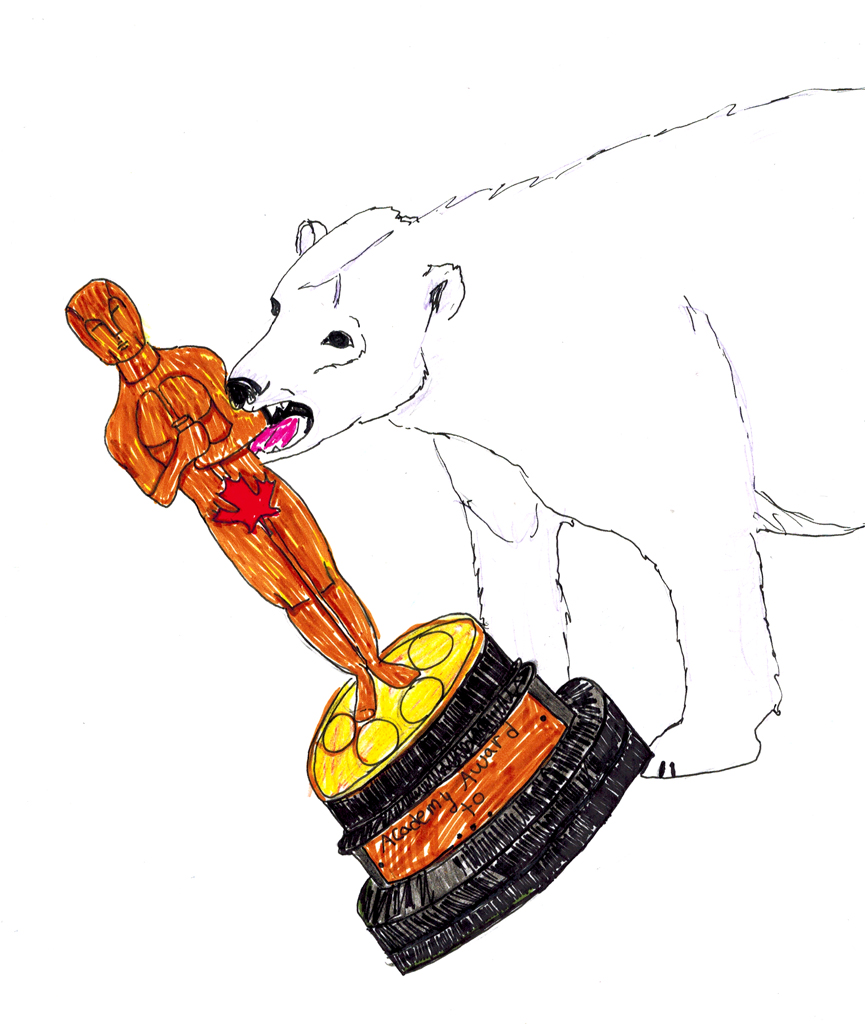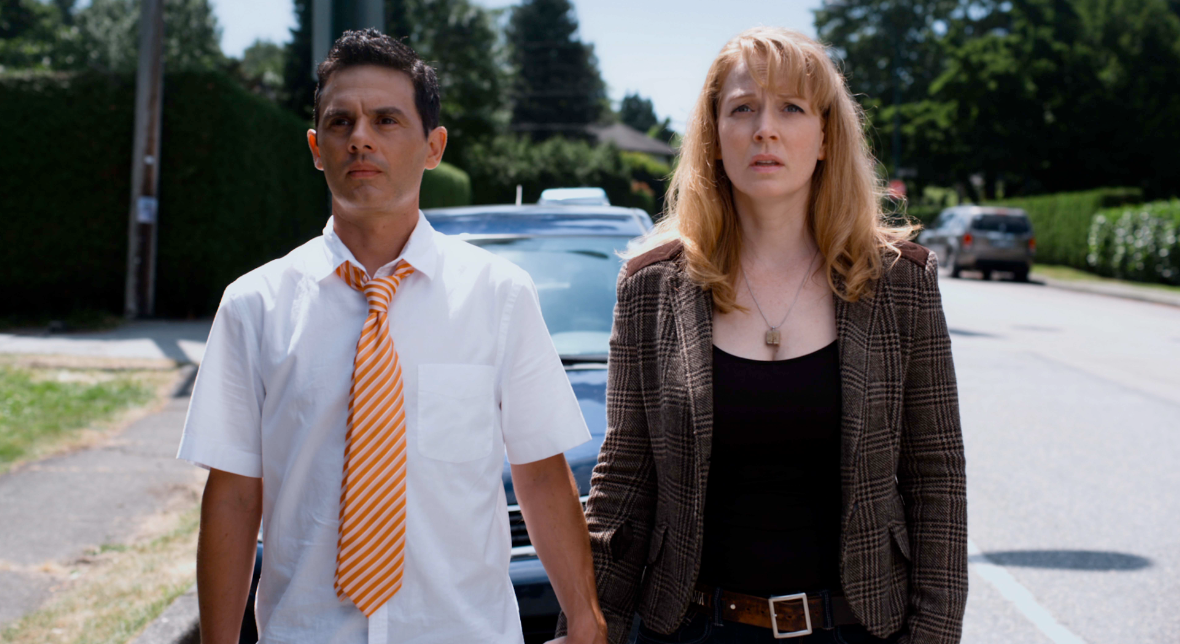Darren Aronofsky’s latest film, Black Swan, will be released next week on Dec. 3. The trailer promises plenty of symbolism and Gothic compositions, elements most filmmakers employ as means to an end, a moral teaching or universal truth. At the very least, this end is somehow representative of that bottomless mine of artistic inspiration: the human condition. If these elements are employed properly, an interesting, entertaining and moving film is likely to result, but there are other ways use them.
Symbolism and baroque compositions dominate Peter Greenaway’s films, but these elements do not point us toward any moral conclusion or even a single subject for contemplation. Film essayists and Greenaway explain this in a variety of ways, but it is not necessary to understand Greenaway’s films to enjoy them.
Greenaway is unapologetically avant-garde. He draws inspiration and subject matter from topics like linguistics, philosophy and the lives of Renaissance painters. His films rarely have an immediately discernible narrative, if they any at all. These traits of his work, combined with his frequent inclusion of male nudity, do something to explain why it has never been the subject of a retrospective on Spike TV.
If you, reader, can ignore the pretension of Greenaway’s films, you will experience some of the most visually exquisite and stimulating cinema around. Greenaway was trained as a painter, but his films belie the modernity of his paintings. The films are full of lush colour, dramatic, often surreal lighting and baroque formality.
Nearly every frame in his 2007 Nightwatching — based on the events that surrounded Rembrandt’s painting “The Night Watch” — resembles one of the protagonist’s paintings. The Draughtsman’s Contract is brighter but still painterly. Greenaway’s look is often pleasant, but it also finds the macabre in every frame. He is known for his erotic — not necessarily sexy — scenes, which take on the morbid feel of everything else in his films. The result of all these elements is an eerie but compelling aesthetic.
Symbols are awesome. It’s why Dan Brown invented the field of symbolology.
Greenaway’s films are chock-full of symbolism, not all of which serves a purpose. A Zed & Two Noughts is set in a zoo — spelled with a zed and two noughts (zeroes). The two principle characters are the brothers Oswald and Oliver Deuce, the two noughts. Their mutual lover, Alba Bewick, is searching for a man named Felipe Arc-en-Ciel (Philip Rainbow). Bewick’s doctor is named after Han van Meegeren, the best-known forger of the paintings of Vermeer. These are only a few examples of the elaborate system of symbolism in the film. In the end, these symbols turn out to be little more than novel coincidences.
Like clues in a murder mystery, symbolism is interesting because it suggests without telling. Once we know what’s being hinted at, we can judge whether or not it was accurately portrayed by the symbols, but the satisfaction of knowing is less enjoyable than the excitement of wondering. Greenaway’s mysteries are never resolved, but they are sprawling and elaborate. They hint at something too vast and profound to ever conceive. Of course, Greenaway does not know what this is — he may not even have intended it, but it is there.
Finally, many of Greenaway’s films are worth watching for their soundtracks alone. Michael Nyman, “the best-known British minimalist composer” according to the Financial Times, composed the music for some of Greenaway’s best-known films, such as The Draughtsman’s Contract, A Zed & Two Noughts, Prospero’s Books, Drowning by Numbers and The Cook, the Thief, His Wife & Her Lover.
Michael Nyman’s modernist, rhythmic pieces are almost immediately accessible and complement Greenaway’s heavily structured films perfectly.
It is quite possible that you will acknowledge all of these arguments, put aside your natural distaste for Peter Greenaway’s seeming pretension and still vehemently dislike his films. It should not be taken as a general unsuitability on your part for pretentious things, because Mr. Greenaway is a unique brand of pretentious. He may not be for everyone, but I am convinced he is for more of us than we might think.




